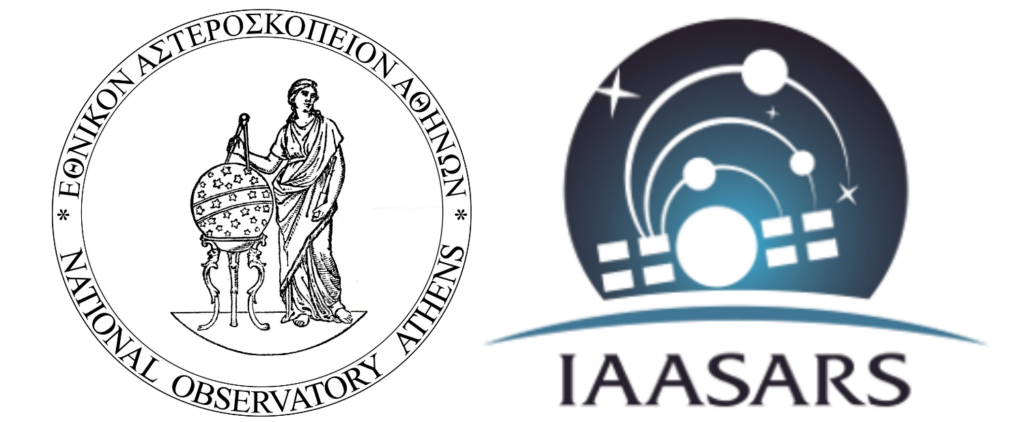
National Observatory of Athens (Coordinator)
The National Observatory of Athens (NOA) has been nominated by the Greek government as the sole institution in charge of natural disasters monitoring, with a mandate to conduct innovative research for the benefit of the Greek citizens. The Institute for Astronomy Astrophysics Space Applications & Remote Sensing (IAASARS) of NOA has achieved excellence in EO-based environmental and natural disaster monitoring and management during the last decade, using AI4EO (Deep Learning, data cube and semantic web technologies) for knowledge extraction on multi-modal satellite data. NOA is also key Copernicus Emergency Management Service Provider and has remarkable experience in EO-based monitoring of wildfires. IAASARS-NOA coordinates SeasFire and leads WP1 (Coordination & Management), WP3 (Seasonal fire hazard prediction) and WP5 (Dissemination, Communication & User Engagement). Within the extension of SeasFire, NOA will lead the WP1 (Coordination & Management), ensuring yet another successful outcome.
Website: https://www.astro.noa.gr/en/

Max Planck Institute for Biogeochemistry
The Max Planck Institute for Biogeochemistry (MPG) is a research institute of the German Max Planck Society. Its research mission is the investigation of the global biogeochemical cycles and their interaction with the climate system. MPG introduces novel AI methods, such as deep learning, causality and hybrid modeling, on Earth Observation data to understand and predict climate extremes and their impacts. MPG has expertise in Earth system modeling and specifically in modeling interactions in carbon and water dynamics in terrestrial ecosystems in an Earth System context, bringing together models and observations. In SeasFire MPG leads WP2 (Big data acquisition and set-up of Data Cube), deploys the SeasFire data cube, supports fire hazard modeling, and provides inputs from terrestrial ecosystem modeling. Within the extension of SeasFire, MPG will create an interactive visual analytics prototype (WP7) that enables users to explore diverse datasets and gain insights effectively, and estimate global carbon dioxide emissions through the assimilation of carbon flux data via a TEM model and actual burned areas.
Website: https://www.bgc-jena.mpg.de/

Harokopio University of Athens
The Harokopio University (HUA) is a non-profit, public, higher education institution located in Athens. Its Department of Informatics and Telematics (DIT) has a mission to promote computer science and conducts basic and applied research in all areas relevant to ICT funded either by international institutions or the Greek state. The members of DIT participating in this project are all involved in research related to graph algorithms, graph mining, machine learning and algorithm engineering. In SeasFire HUA leads WP4 (Prototype system development), supports Graph Neural Network (GNN) modeling and develops a front-end application to disseminate seasonal fire hazard forecasts. Within the extension of SeasFire, HUA will explore the application of graph transformers in the context of advanced Earth system deep learning, for predicting burned areas on a seasonal scale.
Website: https://www.hua.gr/
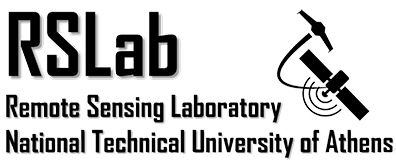
National and Technical University of Athens
The National and Technical University of Athens (NTUA) is a non-profit, public, higher education institution located in Athens. Its School of Rural, Surveying, and Geoinformatics Engineering (RSGE) with the Remote Sensing lab are mandated for applied research for the benefit of society and the environment. The members of RSGE participating in this project are all involved in research related to Earth Observation and Deep Learning (DL) for the environment. NTUA’s participation in the SeasFire extension signifies a strong addition to the consortium. Within this extension, NTUA leads WP6 (Fine-grained Earth system deep learning) creating climate teleconnection-driven Transformers for seasonal fire forecasting, and WP8 (Forecasting carbon dioxide emissions due to wildfires) along with MPG for seasonal carbon dioxide emissions forecasting.
Website: https://www.survey.ntua.gr/en/departments/topo/topo-labs/rslab
THE SEASFIRE TEAM

SeasFire Coordinator
Head of Orion Lab, Senior Researcher in AI for EO,
National Observatory of Athens
ipapoutsis(at)noa.gr

Deep Learning Researcher, Graph Neural Networks for Climate Physics,
National Observatory of Athens
akanksha.ahuja(at)noa.gr
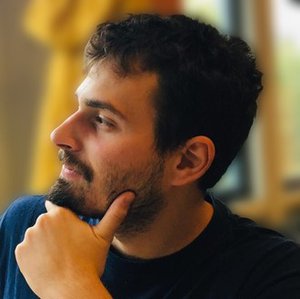
Deep Learning Researcher, Fire Hazard & Fire Risk Forecasting, National Observatory of Athens
iprapas(at)noa.gr
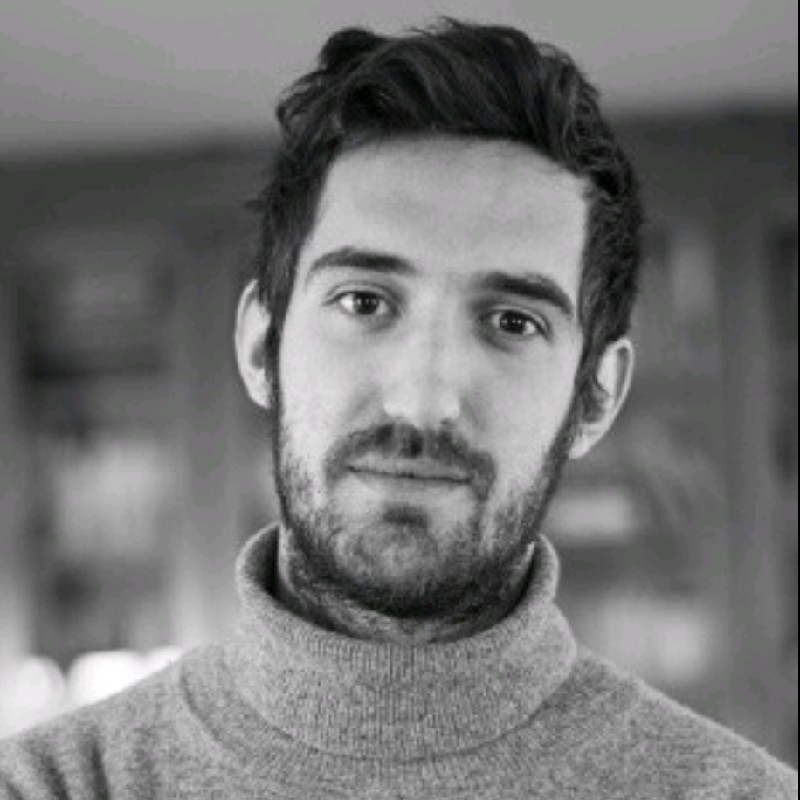
Deep Learning Researcher, Fire Hazard & Fire Risk Forecasting, National Observatory of Athens
skondylatos(at)noa.gr
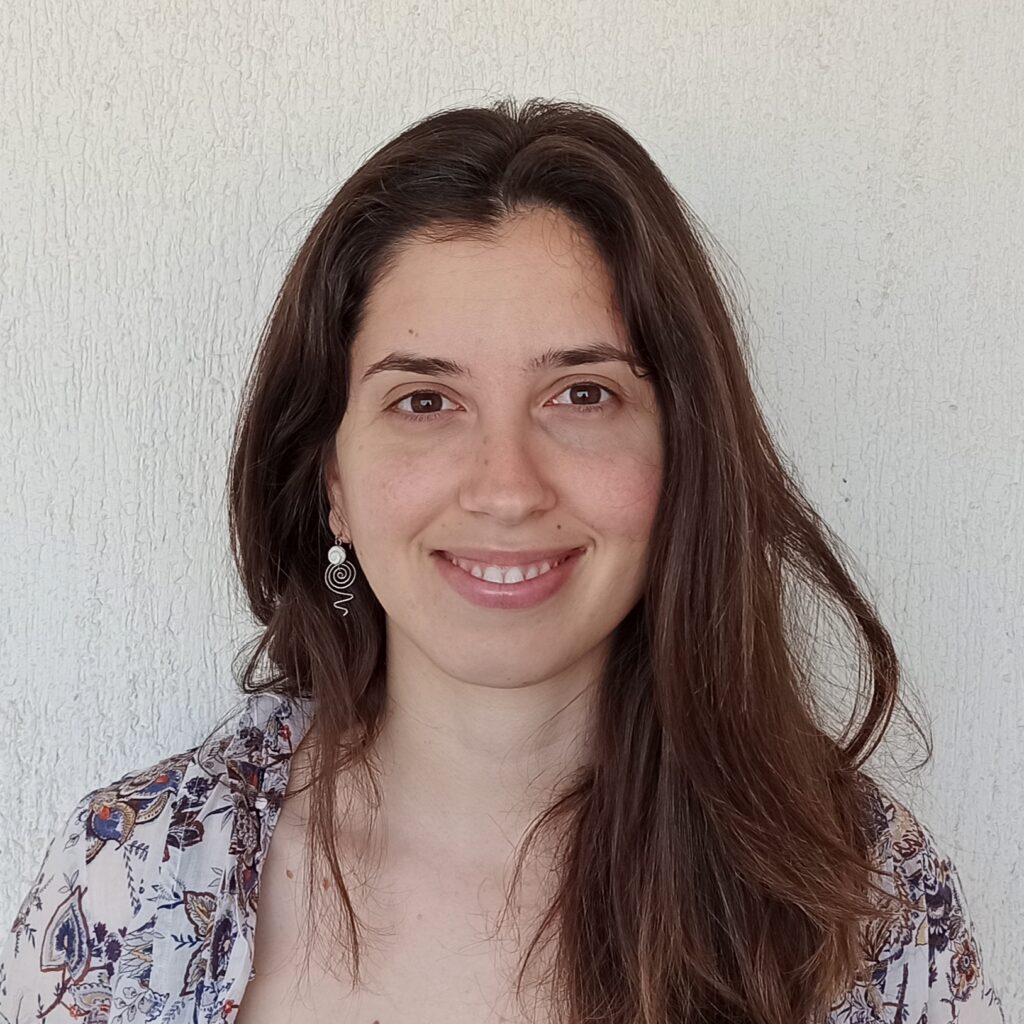
Geologist, Geophysical Data Pipelines and Modeling,
National Observatory of Athens
hlekara(at)hotmail.com
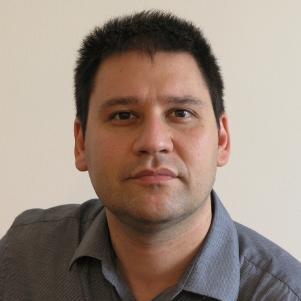
Associate Professor, Dept. of Informatics and Telematics, Harokopio University of Athens
michail(at)hua.gr

Researcher, Artificial Intelligence, Computer Vision, Graph Theory,
Harokopio University of Athens
cdavalas(at)hua.gr
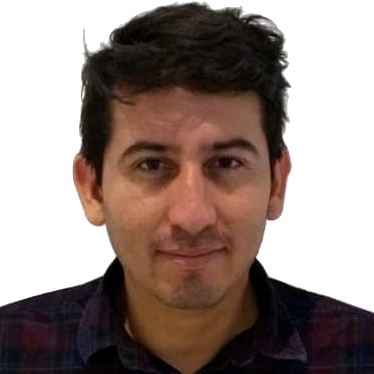
Research Associate, Machine Learning, Climate Forecasting, Max Planck Institute for Biogeochemistry
lalonso(at)bgc-jena.mpg.de
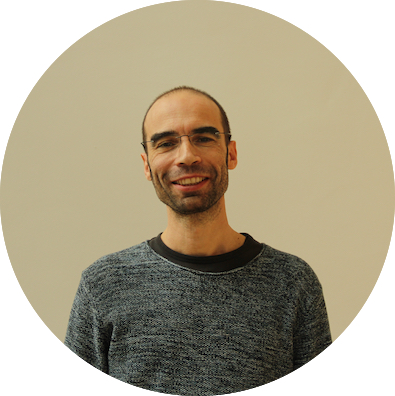
Scientist, Group Leader, Model-Data Integration Group, Max Planck Institute for Biogeochemistry
ncarvalhais(at)bgc-jena.mpg.de
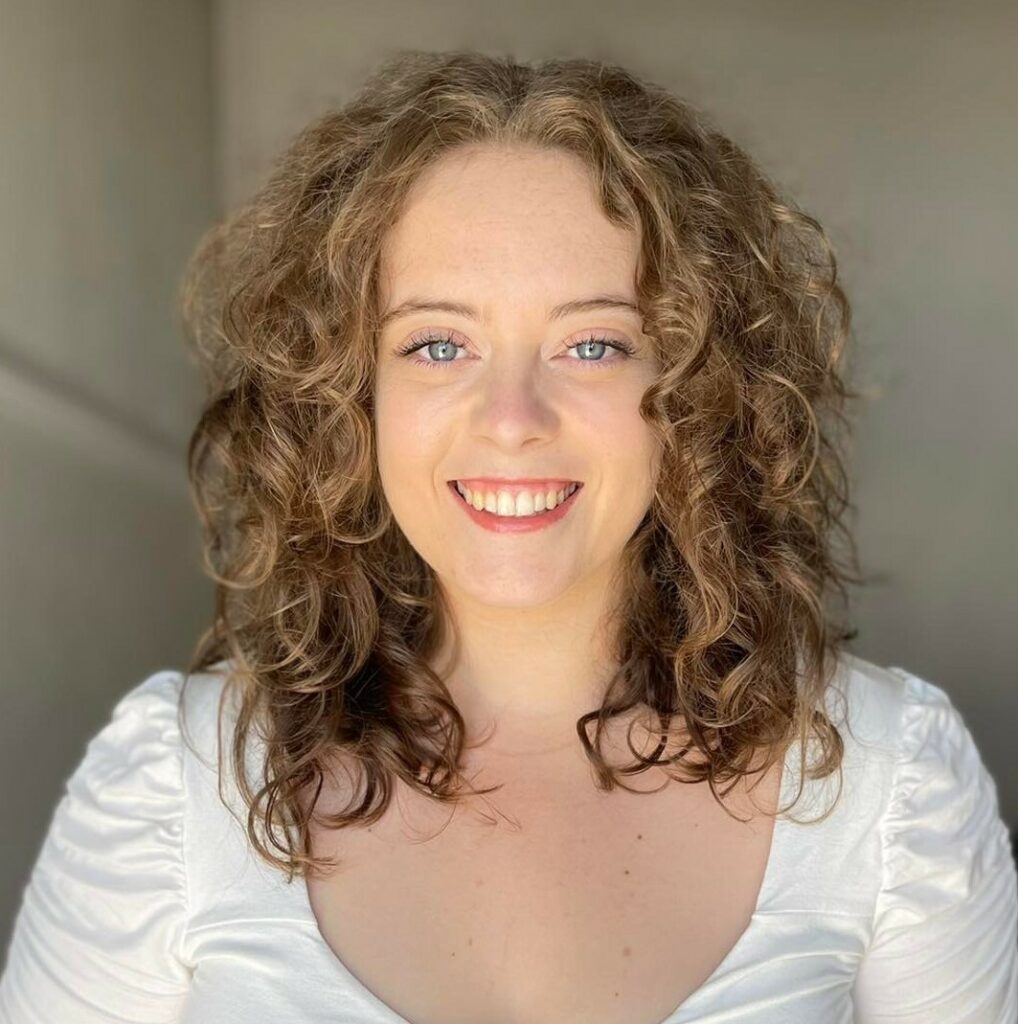
Machine/Deep Learning Researcher,
Harokopio University of Athens
epanagiotou(at)hua.gr
